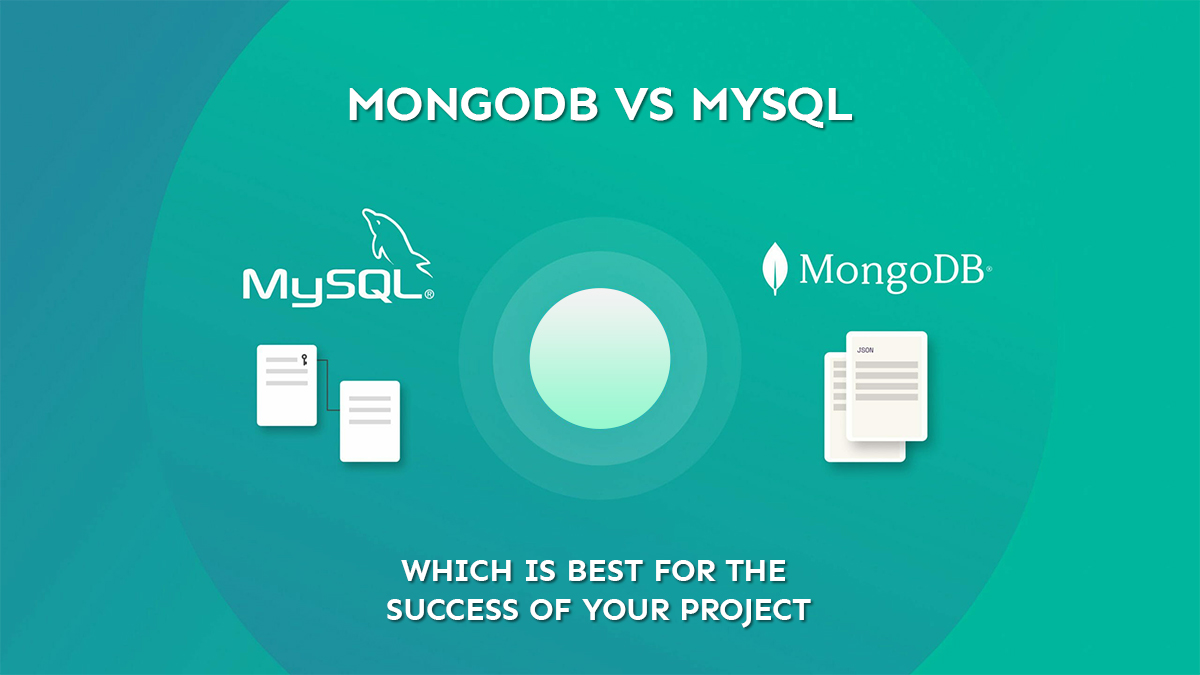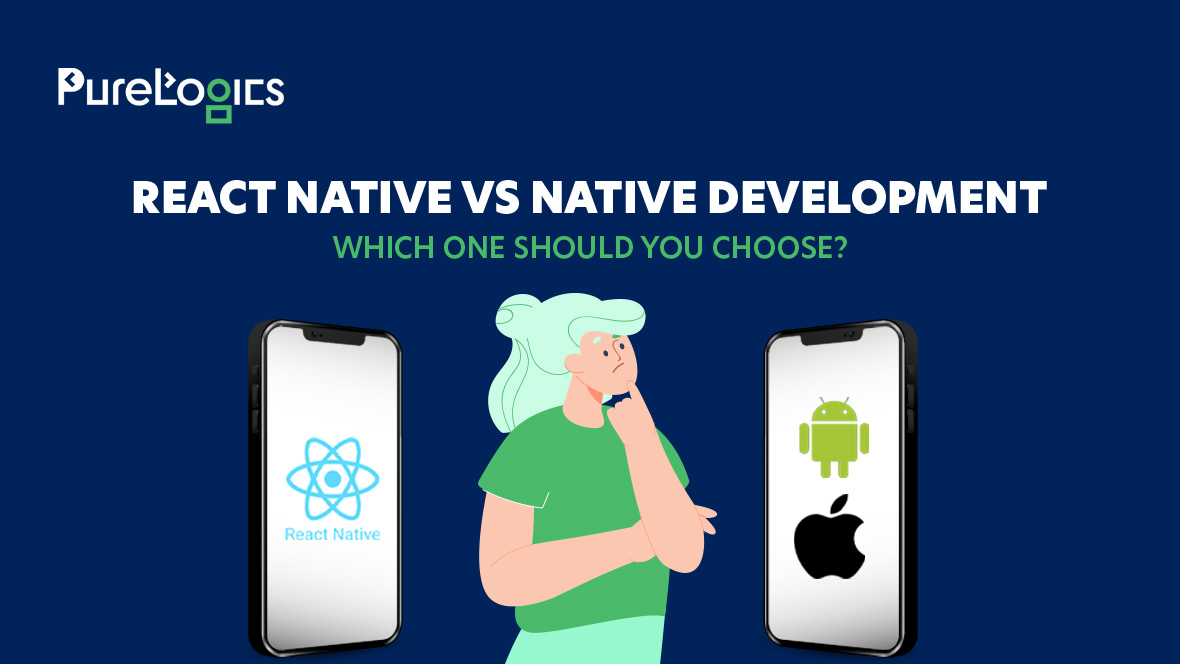Choosing the right database technology for a given application or set of requirements has been difficult for many. There are tons of options: SQL, NoSQL, Cassandra, and HBase, to name a few. But the two database management systems that are very close in popularity and are a go-to option for many companies and entrepreneurs are MongoDB and MySQL. So, in this write-up, I’ll discuss the two based on several factors and let you decide which database aligns well with your business’s tech goals and requirements.
Differences Between the Mongodb Vs Mysql
SPEED AND PERFORMANCE
MongoDB – It’s the type of database system that is extremely well-known for better handling large unstructured data files. It’s also said to be faster when processing data and making it accessible.
MySQL – Coming to MySQL, developers note that it struggles to control high amounts of unstructured data and is quite slow compared to MongoDB.
SCALABILITY
MongoDB – With built-in sharding, MongoDB scales horizontally, allowing you to add more servers to your database to support data growth. And these servers help to handle large traffic.
MySQL – When it comes to MySQL, it’s harder to scale and requires custom engineering tasks to execute scaling. Its scaling pattern is vertical, that generally describes that you can add resources such as CPU or RAM to a single server.
FLEXIBILITY OF SCHEMA
MongoDB – One of the most prominent things about MongoDB is that it is schema-agnostic – thus, eliminating the need to outline a fixed initial structure for creating documents.
MySQL – It uses database schemas to define an internal structure before the documents can be stored in it. Since schemas primarily need every defined row inside the table to have the same structure, you’re left with less flexibility in storing data when following normalization.
SECURITY MODEL
MongoDB – The security model in MongoDB employs role-based access control (RBAC) while offering a range of features, including authentication, authorization, auditing, access control, and encryption, to help secure your database and communications. It also supports SSL and TLS for encryption purposes.
MySQL – The security model used in MySQL is a privilege based system that validates a user and grants them multiple privileges or roles to perform a particular operation on a specific database, like SELECT, CREATE, INSERT, and so on. The database supports encrypted connections between the MySQL clients and the server using TLS protocol.
ATOMIC TRANSACTIONS
MongoDB – It offers support for multi-document transactions. Although this feature was initially not present, it has now made MongoDB a fantastic open-source database.
MySQL – This database has support for atomic transactions, thus allowing users to perform multiple operations within a transaction.


 [tta_listen_btn]
[tta_listen_btn]
 January 31 2020
January 31 2020






